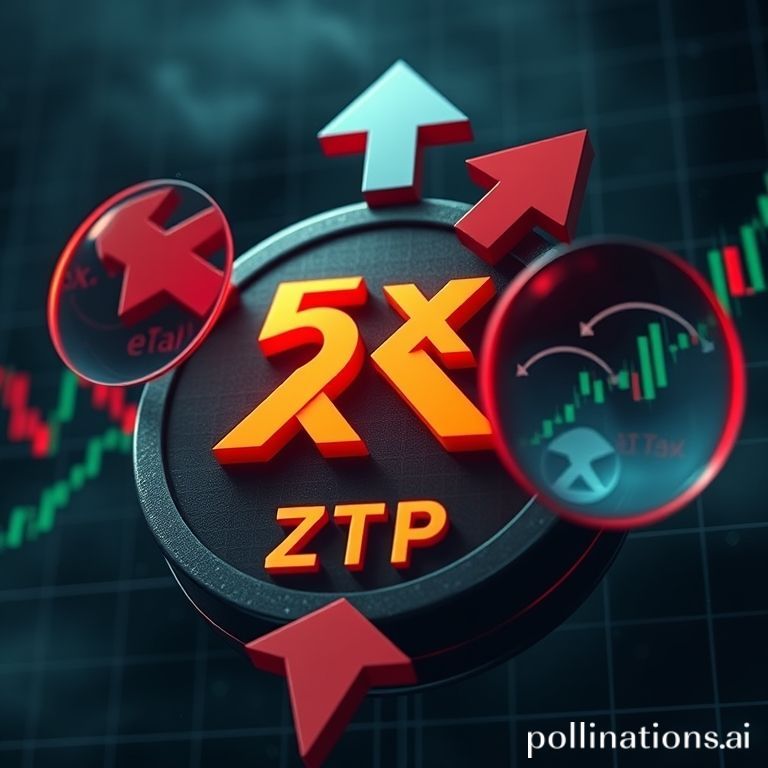5x XRP ETF Explained: Risks, Rewards and the Impact of Compounding

A 5x XRP ETF seeks to deliver five times the daily return of XRP, amplifying intraday moves and exposing holders to significant compounding effects, volatility decay, and higher operational costs. Suitable primarily for short-term traders with strict risk controls.
5x XRP ETF refers to a highly leveraged exchange-traded fund (ETF) designed to deliver approximately five times the daily return of XRP. Such a product magnifies intraday moves: when XRP rises 1% in a day, a 5x ETF aims to rise about 5%; when XRP falls 1%, the ETF may fall about 5%. This amplification creates opportunities for significant short-term gains but also exposes investors to amplified losses and pronounced volatility.
From an editorial perspective, investors and traders must distinguish between the ETF's stated objective and its practical behavior over longer holding periods. A leveraged ETF targets a multiple of the daily return, not weekly or monthly returns. Because of daily resetting and the effect of compounding, returns over multi-day periods can diverge materially from five times the multi-day return of the underlying asset. Compounding works in both directions: it can enhance gains during consistent trending periods, but it can also accelerate losses or erode gains in choppy, sideways markets.
Important characteristics to watch:
1. Intraday Magnification: The ETF amplifies intraday price swings. This is useful for active traders seeking short-term exposure, but it is risky for buy-and-hold investors.
2. Path Dependency and Compounding: Returns are path dependent. Two sequences of daily moves that produce the same net change in XRP can yield very different outcomes for a 5x ETF due to compounding and the order of returns.
3. Volatility Decay: In highly volatile markets with no clear trend, leveraged ETFs can suffer from volatility decay, where repeated gains and losses reduce net value over time even if the underlying ends at the same price it started.
4. Margin and Funding Considerations: The ETF provider typically uses derivatives and financing to achieve the leverage, which introduces counterparty, liquidity, and funding costs. These costs can affect tracking performance and long-term returns.
For market participants, key takeaways include risk management and position sizing. Given the amplified exposure, traders should consider tighter stop-loss rules, smaller position sizes relative to unleveraged investments, and awareness of the ETF's rebalancing schedule. Portfolio allocation to leveraged products should be treated separately from core holdings; they are generally unsuitable for long-term passive allocations due to compounding and maintenance costs.
Analysts should also monitor market structure factors such as intraday liquidity in XRP, potential regulatory developments affecting digital assets, and the ETF sponsor's transparency on mechanics and fees. Because the product targets daily returns, market participants must evaluate expected volatility and the potential for severe drawdowns in stressed conditions.
In summary, a 5x XRP ETF can be a powerful tool for short-term traders seeking amplified exposure, but it carries substantial risks—notably compounding effects, volatility decay, and higher operational costs. Investors should approach with a clearly defined time horizon, disciplined risk controls, and a thorough understanding that daily leverage does not equate to a longer-term multiple of XRP's performance.
Click to trade with discounted fees